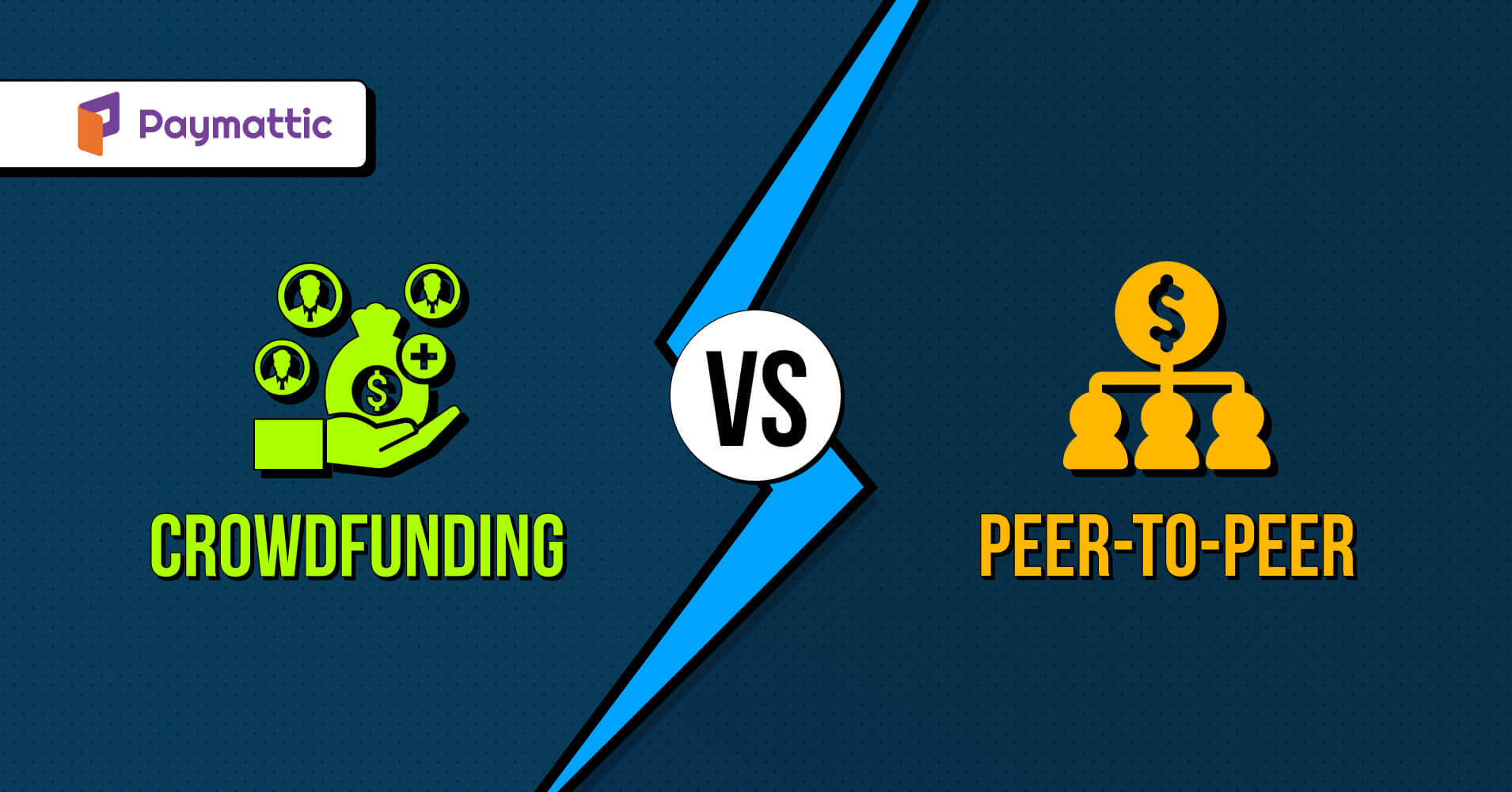
8 Min Read
Peer-to-peer vs Crowdfunding | Which One is Best for Fundraising?
Table of Content
Download Paymattic – it’s Free!

Subscribe To Get
WordPress Guides, Tips, and Tutorials
We will never spam you. We will only send you product updates and tips.
Is your non-profit organization looking for a way to raise more funds but unsure which method to choose?
Well, here we are introducing you to two popular methods that offer unique benefits in fundraising – crowdfunding and peer-to-peer fundraising. Both are effective fundraising methods but they have some strengths and weaknesses depending on the organization.
In this blog, we will explore the difference between these two fundraising methods and also help you find out which can be the perfect fit for your organization.
So without further ado get ready to discover the best fundraising approach to bring success to your fundraising campaign.
What is peer-to-peer fundraising?
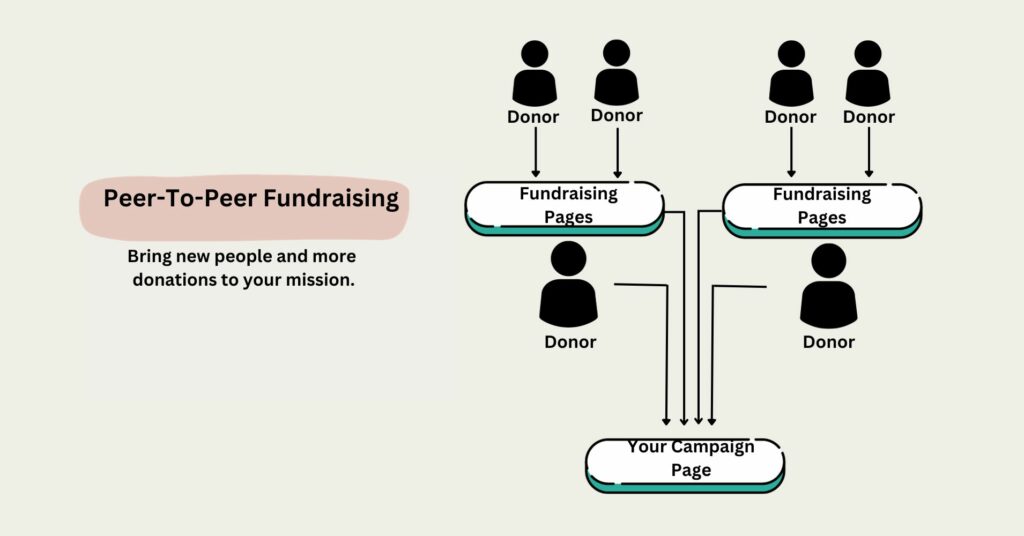
Peer-to-peer fundraising or social fundraising, whatever you would like to call it, is a strategy where an organizer or individual asks their supporter to solicit donations from their personal network. With this fundraising approach, individual supporters can arrange personal campaigns to collect donations on behalf of their friends, family, or any non-profit organization. They also can set their own fundraising plan by creating fundraising pages and spreading this on their social platforms to encourage others to make donations.
As peer-to-peer fundraising is focused on personal connection and relationships, donors are more likely to donate because they already know the person asking for the money.
This method is mostly suitable for non-profit organizations, school educational institutions, health care organizations, community groups, religious organizations, political campaigns environmental causes, and more.
Benefits of peer-to-peer fundraising
Peer-to-peer fundraising not only expands its reach but also benefits non-profits or individuals in many other ways. Some of the benefits of peer-to-peer fundraising include-
Increased reach – Non-profit organizations spread their reach through this fundraising method. It also allows business owners to connect with large audiences outside of their personal network.
Increased engagement – This fundraising method ultimately promotes the feeling of engagement and ownership among the supporters. Because when an individual gets a task to work for any non-profit organization it automatically brings connection and responsibility with the cause.
Cost-effective – As this method relies on supporters to raise funds from their network, it can be helpful for organizations to save money because they do not need to follow traditional fundraising methods like telemarketing or direct mailing.
Data collection – Organizations can get useful information about their supporters with this method. Since using this method requires supporters to set up their own fundraising page, which requires them to give personal information that’ll be utilized for future outreach and engagement.
Increased donations – At last, peer-to-peer fundraising can generate more donations than traditional donation methods. Because supporters raise donations from their personal networks and people like to donate more when they ask for donations from someone they know and trust.
Overall, peer-to-peer fundraising is an effective strategy for any charity or organization to expand its reach, and raise funds in a cost-effective way.
Subscribe Newsletter
Subscribe to our newsletter for updates, exclusive offers, and news you won’t miss!

Downside of peer-to-peer fundraising
While peer-to-peer is a helpful method to raise funds, there are some potential downsides to consider :
Lack of control – As this method is mainly organized by supporters, there is a lack of control of organizations over the messaging and publicity of the campaign.
Reach depends on supporters – Peer-to-peer fundraising depends greatly on the supporter’s personal network. So if the supporter doesn’t have a large network, there is a chance of an unsuccessful campaign.
Overwhelming for supporters – It can be a big ask for the supporter to raise funds on behalf of any organization. They may feel overwhelmed and not be able to give the efficient time and dedication that is needed for the campaigns.
Risk of donor fatigue – If organizations start to run too many peer-to-peer campaigns at the same time, then it can be the reason for donor fatigue because of the constant ask for donations.
Technical challenges – To run this method there can be a need to involve some technical challenges such as creating fundraising pages, tracking donations, and managing the campaigns.
Above are the downsides of peer-to-peer fundraising. Organizers should consider these carefully and measure them against potential advantages before launching a campaign. Now let’s check out crowdfunding.
What is Crowdfunding?
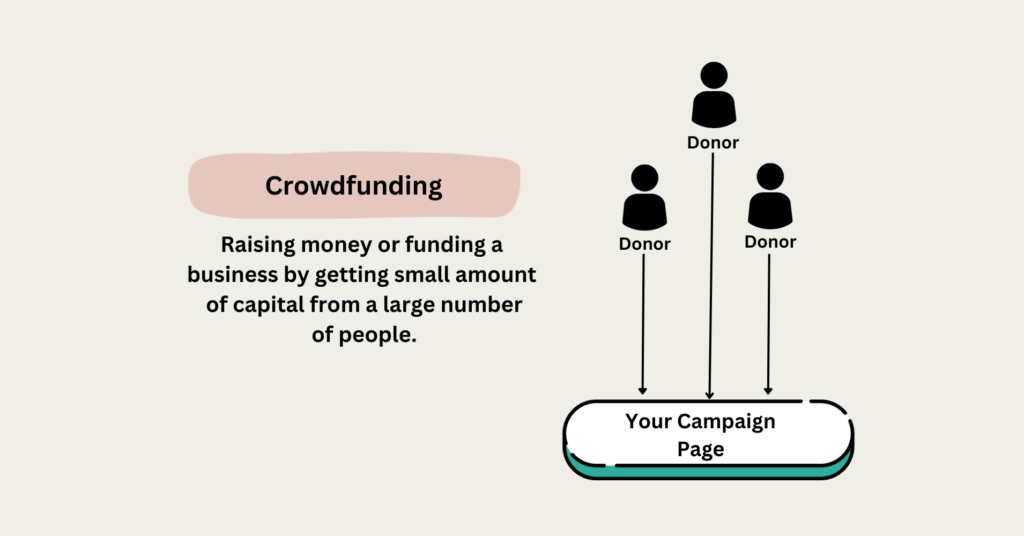
Crowdfunding is a very common way to raise funds online. With the help of online platforms, it gathers small donations from a large group of people. These platforms are used by startups, small businesses, nonprofit organizations, and regular individuals to connect with potential supporters and assist them in meeting their financial targets for starting a business, developing a product, or promoting a cause.
Moreover, through Crowdfunding, donors do not receive any direct benefit from their contribution. They are just able to feel the satisfaction of supporting the cause they care about.
Benefits of Crowdfunding
Crowdfunding is a typical method of raising a small portion of money from people online. Some of its benefits include:
Access to funding – Crowdfunding provides access to funding because it might be difficult to collect from traditional methods like banks or investors.
Convenient and fast – Setting up a campaign on a popular crowdfunding website like GoFundMe is very easy and fast. And this method is also more convenient than other fundraising methods.
Marketing and publicity – This campaign can allow a platform to showcase the products. It also helps to attract the customer by generating buzz and doing publicity.
Flexibility – It offers flexibility to the creators by allowing them to tailor their campaigns to their specific needs and goals.
Community building – Lastly, crowdfunding helps to build a community around the project or product and also connects supporters with the creators of the campaign.
Overall crowdfunding can be a powerful tool for any organizer or startup to raise money online.
Downside of Crowdfunding
While crowdfunding has lots of benefits, there are some downsides to consider:
No guarantee of funding – Crowdfunding campaigns are not able to give a guarantee about their funding. Even successful campaigns don’t reach their fundraising goal a lot of times.
Time and effort – To run successful crowdfunding campaigns, creators have to give sufficient time and effort. They must have the patience to manage campaigns to engage the supporters.
Fees and cost – Crowdfunding platforms require a charge for their services. Creators also need to cover some additional charges like shipping or others.
Competition – At this present time crowdfunding has become very common, which means it has become very difficult to attract supporters’ attention.
Intellectual property risk – As this method shares ideas or products on public platforms, there is a risk of exposing intellectual property.
Above are the downsides of crowdfunding which organizers should keep in mind before creating a crowdfunding campaign.
Subscribe Newsletter
Subscribe to our newsletter for updates, exclusive offers, and news you won’t miss!

Peer-to-peer vs Crowdfunding – 5 key differences
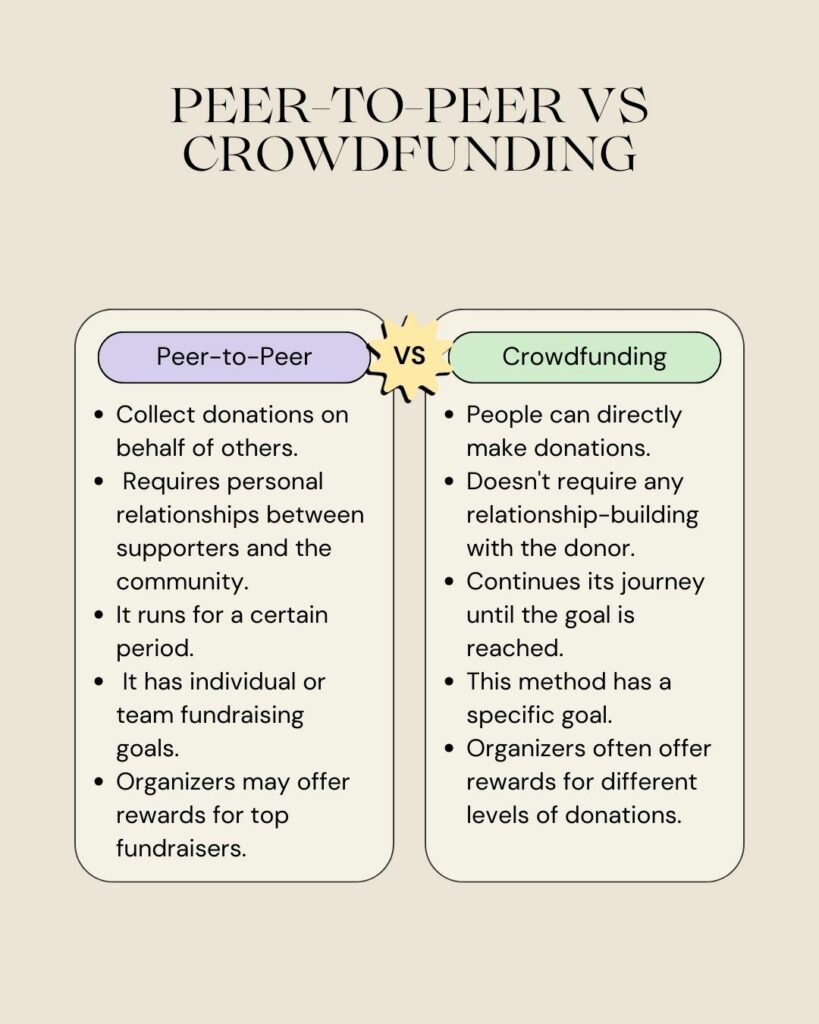
Peer-to-peer and crowdfunding both are popular and effective fundraising methods. But both are not similar. Among all other dissimilarities here we listed five key differences that make these two methods different:
1. In peer-to-peer fundraising people collect donations on behalf of others from their personal networks.
While in crowdfunding a campaign is created by an organizer, people can directly make donations there.
2. Peer-to-peer depends on the personal relationship between supporters and their community.
Whereas crowdfunding doesn’t require any relationship-building with donors.
3. Peer-to-peer fundraising runs for a certain period like for a month or season.
While crowdfunding continues its journey until the goal is reached.
4. Peer-to-peer method has individual or team fundraising goals.
While crowdfunding campaigns have a specific goal for a project or cause.
5. Sometimes in the case of peer-to-peer fundraising, organizers may arrange rewards for top fundraisers.
On the other hand, crowdfunding organizers often offer rewards for different levels of donations.
Moreover, both of these methods are best in their own way but you can choose any one of them depending on the nature of your organization.
Which one is best crowdfunding or peer-to-peer fundraising?
At the end of the day, now it’s time to decide which platform you can choose to raise funds. Actually, both of them are perfect but first, you have to decide which types of facilities you are looking for in your fundraising method.
For example, if you want to raise funds from random people without anything given in return then crowdfunding would be your best bet.
But if you want to raise funds through a team or group of people from their personal network then you can go with the peer-to-peer fundraising method. However, both of these methods can bring results if you implement them in the right way.
Bonus tip: Whether you’re considering peer-to-peer fundraising or crowdfunding, having the right website can make a significant difference in your campaign’s success. If you’re using WordPress, opt for a fundraising-friendly theme designed for non-profit communities. A well-chosen theme with built-in support for fundraising plugins, membership management, and social engagement features will help you create a strong donor community, driving engagement and boosting both peer-to-peer and crowdfunding efforts.
Ready to choose the best fundraising method?
As we already discussed peer-to-peer and crowdfunding both are amazing fundraising techniques for non-profits. Each carries its own merits and drawbacks. You can select any of them by evaluating your fundraising goals, resources, and targeted audience.
We hope you find this article helpful, you can find more informative articles like this on our website. So if you are interested then don’t forget to check out our social media channels along with the website.
Have a good day.
Ciao!
Join the thousands already enjoying Paymattic Pro!




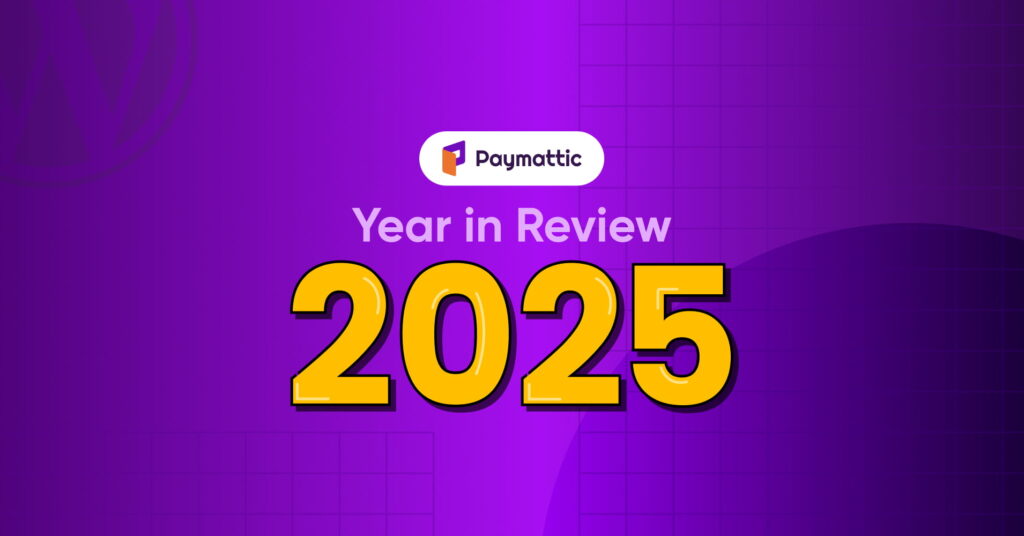

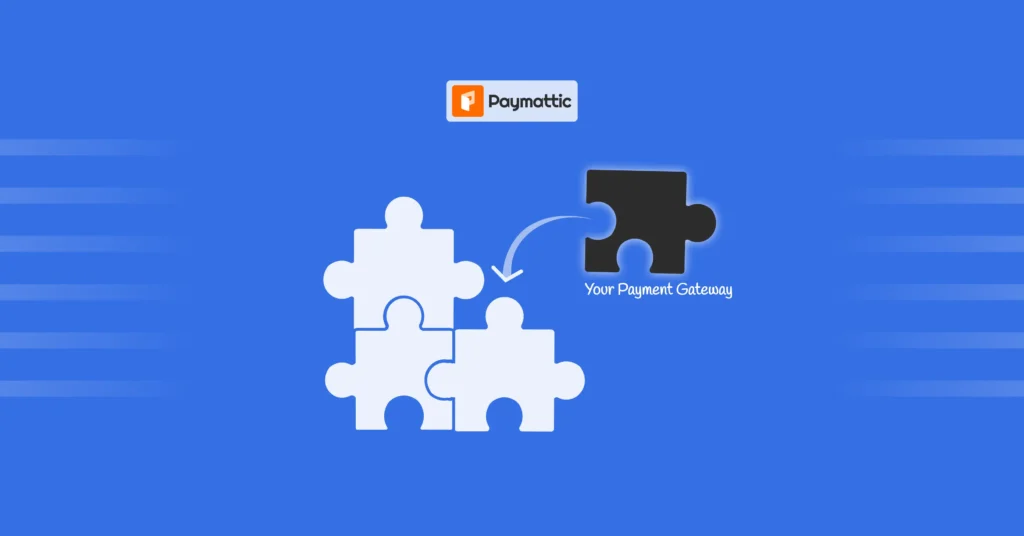
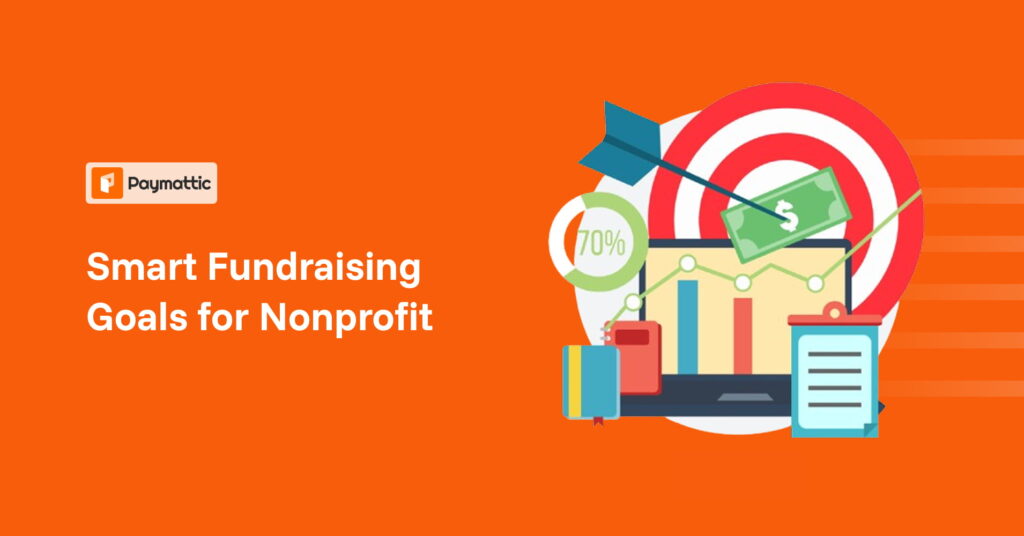


Leave a Reply